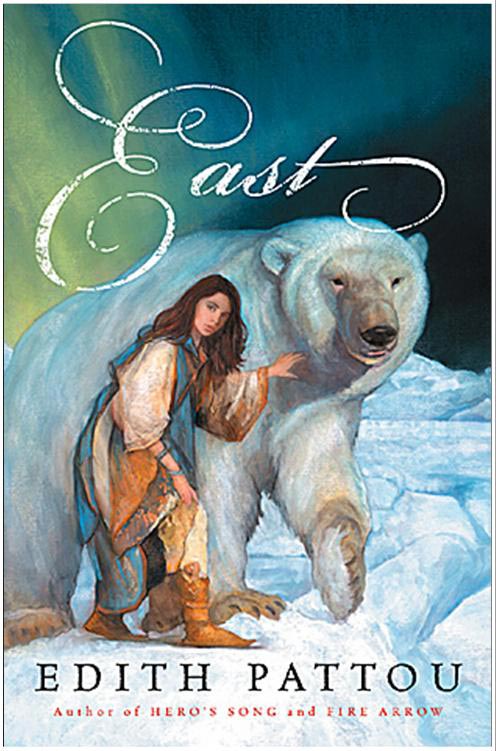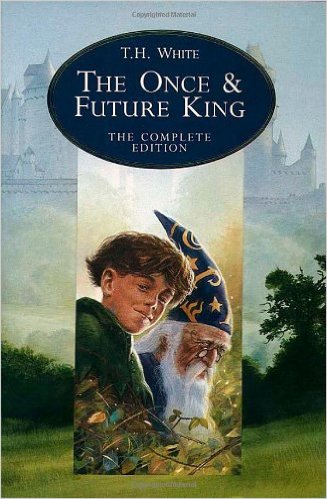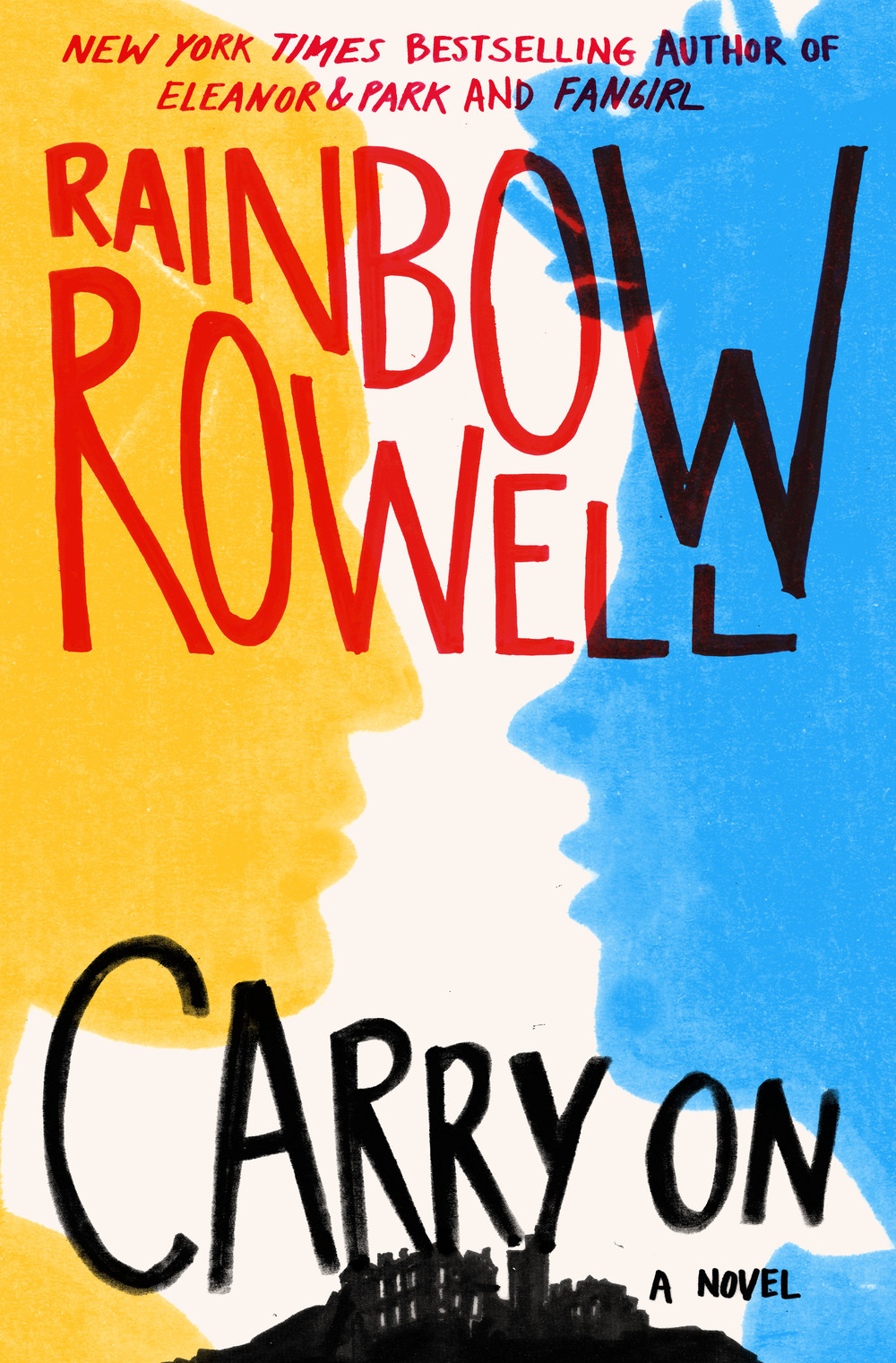[button color=”black” size=”big” link=”http://affiliates.abebooks.com/c/99844/77798/2029?u=http%3A%2F%2Fwww.abebooks.com%2Fservlet%2FSearchResults%3Fisbn%3D9780152052218″ target=”blank” ]Purchase here[/button]
I was trying to decide whether to read a series of books by Edith Pattou, including Hero’s Song and Fire Arrow, when I came upon this stand-alone novel and decided to read it first. So the first thing I have to say about East is that it made up my mind: I will be reading those other titles by Pattou, and soon.
The first surprise about East is the cover, which depicts a beautiful but shockingly underdressed young woman walking through the snow, alongside a polar bear. From this visual cue, you would rather expect the book to be titled North. The second surprise comes early in the book, when you realize that what you guessed from the cover illustration was actually correct; the book’s title is a lie. And so is the name of its heroine, the youngest child born to a family in which each person’s given name, character, and destiny is meant to reflect the direction they were facing at the moment they were born. A lie, a guilty secret, a dark prophecy, and a poisonous superstition haunt the early childhood of Ebba Rose. So when a talking polar bear shows up and offers to restore the family’s falling fortunes, if only Rose will come away with it, it seems like fate. It also seems (surprise number three, unless you read the back cover of the book) to be a retelling of the classic fairy tale, East of the Sun and West of the Moon – which I think is based, in turn, on the myth of Cupid and Psyche.
Many authors have undertaken to retell this ancient story. It seems to be woven into the fiber of Western civilization, one of our most fundamental stories. A drawback is that the main storyline can never come at you wholly unexpected. But there is such room for a creative author, like Pattou, to drape the bare form of the tale in conflict, suspense, mystery, passion, and even horror. Throw in some fantastically unusual settings, well-crafted subplots, menacing monsters, a colorful range of climates and ecosystems, and a touch of Inuit culture and spirituality, and you have a richly interesting, fast-reading book whose similarities to the other retellings spoil nothing.
In fact, I think more authors should borrow more often from the old stories that really work. Pattou’s variation on a very old and often-visited theme is both scintillatingly new and comfortingly familiar. Once you recognize the old story, you know where it’s going to go and you follow willingly through breathtaking dangers and strange countries. So you enjoy both the journey and the arrival. In spite of the unnecessary and out-of-place prologue, which I felt to be Pattou’s only misstep, I heartily recommend East (wrong title and all).
Recommended Age: 14+



